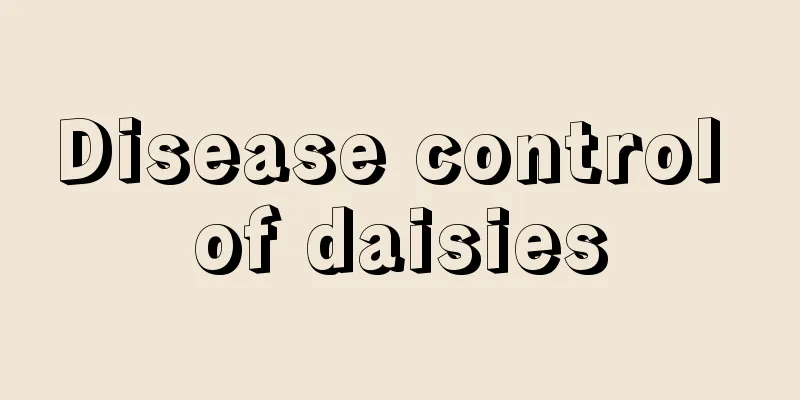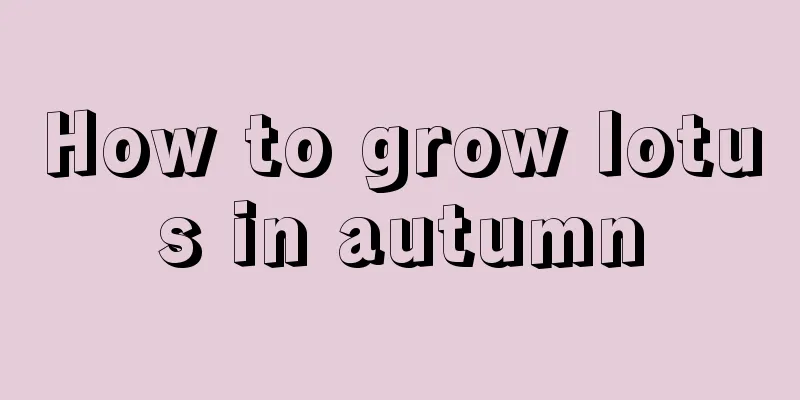Disease control of daisies

Daisy leaf blightLeaf blight mostly infects the leaf margins and tips. The lesions are irregular in shape, ranging from small to large, and are reddish-brown to gray-brown. The lesions are connected into large dead spots, and the dry area reaches 1/3-1/2 of the leaf. There is a darker band on the edge of the lesions; the boundary between the diseased and healthy spots is obvious. In the later stage, some small black spots appear on the lesions. Specific symptoms: The diseased leaves turn yellow at first, and then the yellow part gradually turns brown and necrotizes. The disease spreads from local areas to the entire leaf veins, presenting brown to reddish-brown leaf edge spots with wavy edges and darker color. The boundary between the lesion and the leaf is obvious, and sometimes there is a light yellow band of varying width on the outer edge. Subsequently, the lesion gradually extends to the base of the leaf until the entire leaf turns brown to gray-brown. Then black fuzzy substances or small black spots appear on the back or front of the diseased leaves. Daisy seedling damping-off diseaseThe disease can occur in seedlings before they emerge from the soil or after they emerge. The disease occurs before emergence from the soil, and the embryonic stem and cotyledons rot. The disease occurs in seedlings after emergence from the soil, with water-soaked spots initially appearing at the base of the young stems, which then turn brown and shrink into a linear shape. The seedlings fall to the ground and die, and the cotyledons have not yet withered and are still green. When the temperature is high and the humidity is high, a layer of white cotton-like mycelium may grow on the surface soil near the diseased plants. Botrytis cinereaThe seedlings infected with gray mold are light in color, and the leaves and petioles are grayish white and water-soaked. The tissues soften and rot, and gray mold grows on the surface when the humidity is high. Young stems often initially develop irregular water-soaked spots at the base of the petiole, which quickly become soft and rotten, and then shrink or break. Finally, the diseased seedlings rot, wither and die. Daisy brown spotFungal disease, the lower leaves begin to become infected and gradually spread upward. The spots are round or oval in the early stage, purple-brown, and black in the later stage. The diameter is 5-10mm with clear boundaries. In severe cases, the spots can be connected into pieces, causing the leaves to turn yellow and fall off, affecting flowering. Daisy AnthracnoseThe disease infects the leaves of daisies. In the early stage of the disease, small chlorotic spots appear on the leaves, which gradually expand to form circular, semicircular or elliptical spots. The lesions are light brown to grayish white with reddish brown rings around the edges. Under humid conditions, pale pink myxospore disks appear on the lesions. Anthracnose occurs from April to June. The pathogen overwinters in diseased fallen leaves in the form of conidia and is spread by wind and rain. Daisy disease prevention and control methodsPrevention should be the main focus of control. Targeted drugs should be sprayed with new lipid films to increase the effective ingredient rate of pesticides. They will not be afraid of evaporation due to sun exposure, can regulate water absorption, and prevent drought and rain. Avoid dense planting during cultivation, and try to maintain a cool environment with good ventilation, air permeability and sufficient light, otherwise the plants will become thin and leggy. Keep it clean and remove and clean any infected plants or leaves. When the disease occurs, take chemical control measures immediately. |
<<: Common diseases and prevention methods of Monstera
>>: Pests and diseases of golden diamond and their control methods
Recommend
When does silver jasmine bloom?
1. Flowering time The flowering period of silver ...
Which city's city flower is osmanthus? What is its flowering season?
1. Which city's city flower is this? Osmanthu...
How to care for wine bottle orchid in winter
How to Overwinter Wine Bottle Orchid Bottle orchi...
What causes mint leaves to turn yellow?
Mint is an easy-to-care-for herb that can be prop...
Pick up some of it in the park, put it in a pot, and the flowers will grow wildly!
The willow branches are placed at the bottom of t...
When is the best time to repot a banyan tree?
The right time to repot a banyan tree The time to...
Can the rubber tree be grown hydroponically?
Nutrient solution If you want to carry out hydrop...
What is the omen and meaning of the sudden blossoming of the lucky tree?
Many flower lovers grow the lucky tree as an orna...
How to care for hydroponic daffodils
Narcissus hydroponic method If you want to grow d...
How to grow primrose well
1. Maintenance methods 1. Temperature: As can be ...
The best time for growing pepper seedlings
Chili pepper is a vegetable with great market dem...
Does Mimosa prefer the sun or the shade? Is it a shade-loving or sun-loving plant?
Does Mimosa prefer shade or sun? The leaves of mi...
Do you know? Some of the succulents you grow are edible!
Succulents can actually be eaten! I saw a book th...
How to identify the thorny bird flower
1. Leaves The leaves of the nightshade are basal,...
How to grow potted ginger lotus
Soil selection In fact, ginger lily has very stro...









